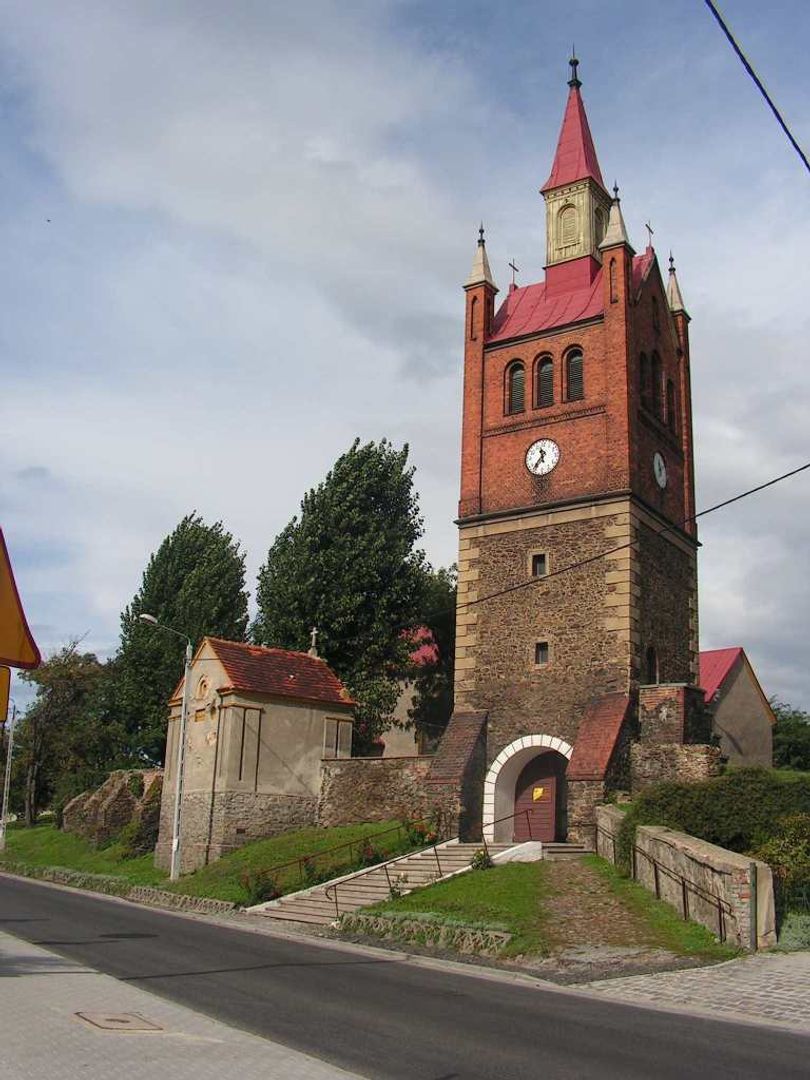Lagiewniki
6.38

Overview
Łagiewniki, a village in the Lower Silesian Voivodeship, is a place with a rich history dating back to the Middle Ages, when settlers from Thuringia made it their home. Initially, the village had Slavic roots, but in the 13th century, it transformed as a result of German colonization. In 1311, the village was handed over to the Cistercians, who built a Gothic church and established the monastery's economic structures. Over time, in the 16th century, Łagiewniki became a center of the Reformation in Lower Silesia, where the important theological "Heidersdorfer Konkordienformel" was created. Architecturally, it is distinguished by the 18th-century Church of St. Joseph the Bridegroom, originally part of a palace, and the 15th-century cemetery Church of Our Lady of Częstochowa, with a rich history tied to both the Cistercians and Protestants. In the 19th century, industry developed in the area, mainly due to the sugar refinery established in 1857, which became a key facility in the region, producing "golden sugar." An important cultural aspect is also the local traditions and heritage conservation. Łagiewniki features a recreational reservoir and a football club, indicating the activity of the local community. Additionally, the village is located at the intersection of important roads, which fosters its development. Łagiewniki has also witnessed many historical events, such as the Thirty Years' War and administrative changes after World War II. A point of interest is the local tourist trails, which attract nature lovers and those seeking active recreation. The village also has its well-known figures, such as the German writer Heinar Kipphardt and the poet Hermann Bauch. Currently, Łagiewniki is the largest locality in the municipality, with a population of 2,770, combining a rich history with an active modern life.
Location
2025 Wizytor | All Rights Reserved